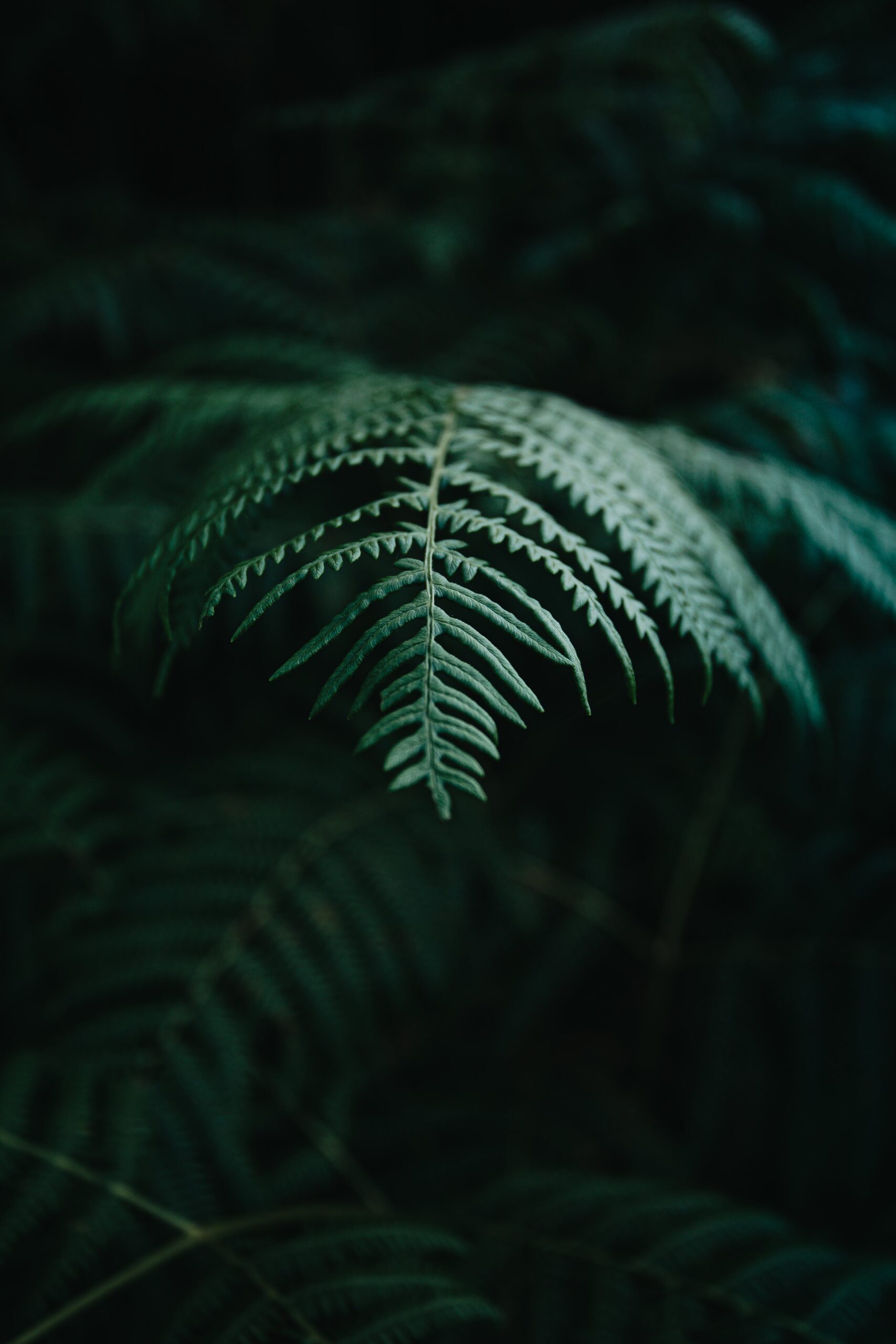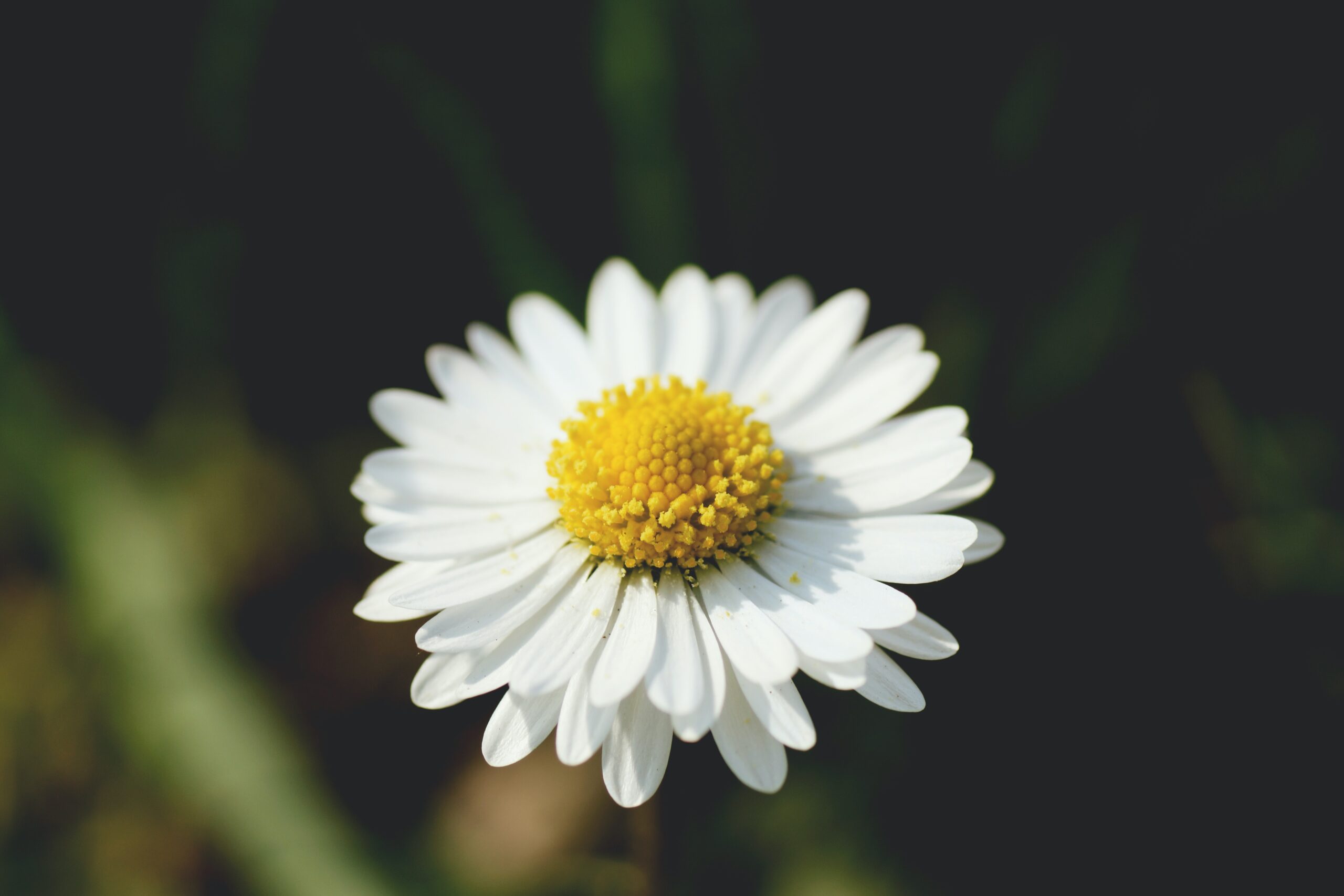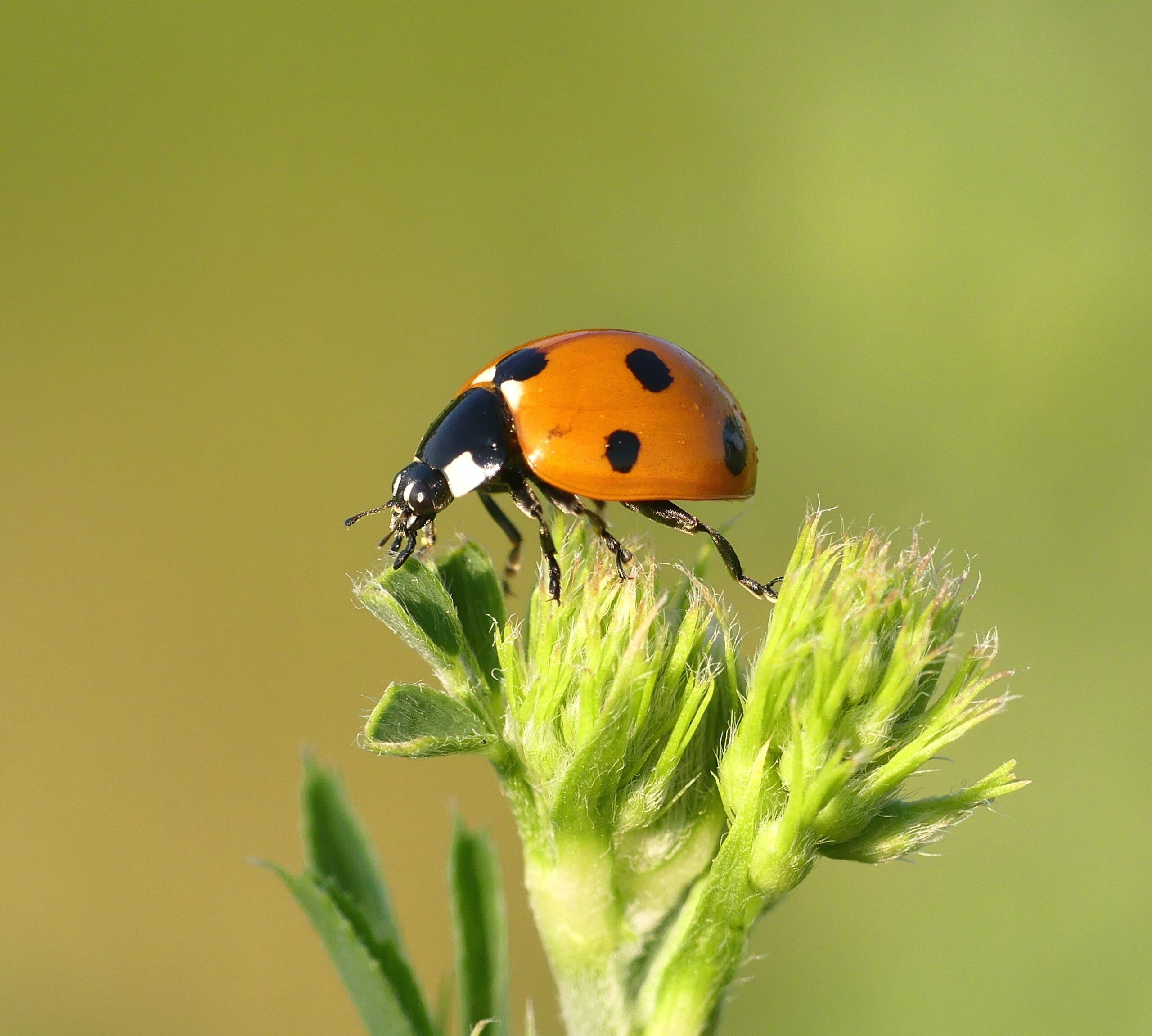
boosting antioxidants with plants and sleep
As easy as a sprinkle of oregano here, and a pinch of cinnamon there...
We hear a lot of buzz about antioxidants; that word, among others in the wellness sphere, is thrown around so much on health blogs and food packaging that we begin to forget what it really means. In fact, we rarely ever get a clear explanation of the role these compounds serve within the human body.
In as simple of a scientific breakdown as possible, this article will try to explain what exactly it is that antioxidants do, how and why we might want to boost their activity within the body, and what on earth they have to do with sleep.
In order to understand the need for antioxidants, it’s important to know that an average person will accumulate evidence of DNA damage in about 7% of their total cells. This might sound scary, but consider that it’s relatively normal. One of the primary ways DNA damage can occur has to do with our day-to-day exposure to a type of atom called “free-radicals,” which results from the natural process of cellular metabolism (aka when our body converts food into energy) - making them impossible to completely avoid.
Just because they are impossible to avoid, however, doesn’t mean we don’t want to limit our exposure as much as we can. Free radicals are unstable molecules and can damage the healthy cells within our body as a result, leading to the development of chronic illness over time (1).
This is where antioxidants come in.
The power of antioxidants in fighting illness and chronic disease
Scientists currently estimate that the body can effectively use between 3000–5000 ORAC units per day. ORAC is just one way that the activity of antioxidants can be measured… and that’s a lot of antioxidants!
An increase of antioxidants in the body within this range is well-studied to have a significant impact on the health of plasma and cell tissue function, reduction of inflammation, and the direct prevention of disease. This is because antioxidants work by inhibiting the chemical reaction of oxidation, and by donating electrons to free-floating free-radicals in order to help them stabilise and become less destructive.
In this sense, antioxidants are nature’s way of providing the antidote for the stress caused to our cells automatically via the digestion process. We can’t just not eat, after all, so we might as well find a way to incorporate the cure into the foods we eat. That is the marvel of antioxidants, which turns out to be a very well thought out plan; a feat of mother nature once again!
The antioxidant content of different plants
Most fruits and vegetables are in the hundreds, if not thousands for their score of ORAC. A good rule of thumb is that the brighter in colour the food is, the greater the level of antioxidants.
Berries are one of the highest scoring categories of all foods on the planet — and think just how vibrant and pigmented they are! Not too far behind would be other colourful foods such as beetroot, spinach, kale, or red bell pepper.
Here’s a small list of the ORAC scores for various fruits and veg so you can get the idea (measured in μg TE/mL and based on a 100g serving)(2):
- Açai Berries — 102,700
- Pecans — 17,940
- Cranberries — 9,584
- Red Kidney Beans — 8,459
- Plums — 6,259
- Red Lettuce — 2,380
- Blackberries — 2,036
- Kale — 1,770
- Strawberries — 1,540
- Romaine Lettuce — 1,447
- Oranges — 750
- Sweetcorn — 728
- Iceberg Lettuce — 438
See the difference in ORAC value just between the three different types of lettuce? All dependent on depth of colour! And what about foods that can boost your antioxidant intake for the day, quite literally, in a pinch? Here is the ORAC scores for different herbs and spices (3):
- Cloves — 290,283
- Oregano — 175,295
- Rosemary — 165,280
- Peppermint — 160,820
- Thyme — 157,380
- Cinnamon — 131,420
- Turmeric — 127,068
- Vanilla Bean — 122,400
- Sage — 119,929
- Nutmeg — 69,640
- Cocoa Powder — 55,653
- Ginger — 39,041
For many of us, plants already provide a significant portion of our daily nutrition needs, and anyone who relies on simple spices to flavour their cooking is already taking the first steps in utilising herbal medicine! This is because spices — much like the berries listed above — tend to be very vibrant and pigmented in colour, and hence possess an incredible level of antioxidants within.
Now, of course, these measurements are based on 100g servings which, for herbs and spices, is wholly unrealistic! Really what we’re looking at is a measurement anywhere between 1–45g of these foods (which is roughly somewhere between 1/5 of a teaspoon to a tablespoon and 1/2). Still, consider that by dividing the number above by 100 — equating to no more than a small sprinkle of each spice — the intake of antioxidants you get via these foods is still going to be through the roof compared to other types of foods!
This is why adding a single teaspoon of cinnamon to your breakfast has been shown to boost immune function, and reduce inflammation and why cooking frequently with sage can decrease the risk of certain neurodegenerative diseases such as Alzheimer’s and dementia. Even studies where participants were asked to add a tiny sprinkling of turmeric to their food throughout the day, saw a 25% reduction of free-radical oxidation and overall DNA damage in the body. Impressive stuff (4, 5, 6)!
For direct comparison, let’s check out the ORAC of some non-plant foods (7):
- Fish Sticks — 70
- 2% Milk — 50
- Fried Chicken — 50
- Frozen Meats — 50
- 1% Milk — 40
- Shrimp — 40
- Whole Eggs — 20
- Egg Whites — 10
- Beef Steak — 10
- Pork Chop — 0
It’s quite the difference! In fact, countless studies have linked diets high in a variety of herbs, spices, and unprocessed plant foods to a reduced risk of mortality and disease. And while this certainly doesn’t mean that none of the foods on this list can be enjoyed from time to time, it does go a long way to highlight the healing potential of plants.
…but what if eating your vegetables wasn’t the only way to boost your antioxidants? …what if it was so easy you could practically do it in your sleep…?
Boosting antioxidants with sleep
Sleep plays a vital role in regulating all different types of health, from cardiometabolic to mental and emotional health and everything in between. However, very few studies have explored the association between quality of sleep, antioxidants, and oxidative stress.
We know that in populations with sleep disorders (those who experienced regularly decreased quality and/or quantity of sleep) it’s common to also see increased levels of inflammation and oxidative stress - but the relationship itself is not yet fully known (8, 9).
Preliminary research into the metabolic and immunological consequences of sleep deprivation suggests that sleep plays an even bigger role than we might know. The results of the study point towards a link between the experience of poor sleep and an increased risk of oxidative stress having a negative impact on overall health. But this alone is something we could easily have guessed - a lack of sleep, after all, is linked to a range of health issues from decreased mental clarity to a higher likelihood of catching the common cold - so it makes sense that poorer sleep means less health and higher stress.
However, the researchers of the study also found that recovery sleep (defined loosely as the amount of sleep required to restore normal physiological function following a period of sleep deprivation) has the incredible ability to “correct” antioxidant content within the body, even enhancing its activity in both the liver and the heart (10).
This means that sleep and what happens every time we eat plants might be linked even more than we know. And if sleep can regulate the level of antioxidants in the body, much like it regulates everything else, then what if the reverse was also true? Could eating more plants and reducing the amount of oxidative stress we experience as a result also be linked to a better quality and duration of sleep?
Brilliantly, the science seems to think so!
The ancient bi-directional relationship of antioxidants and sleep
If one of the core functions of sleep is to help the body defend against oxidative stress, then, hypothetically, boosting our intake of antioxidants could take some of the strain off of our sleep in doing all the work.
In a fascinating research study involving participants with obstructive sleep apnoea syndrome (OSAS), scientists found that a simple boost in antioxidant intake did indeed have a positive impact on sleep.
Their rationale was that oxidative stress can physically injure the cells responsible for the promotion of wakefulness during the day, and the onset of sleep during the night. By manually increasing antioxidant intake - for example by regularly eating any of the high ORAC foods on the above lists - the degree of injury to these cells is thereby reduced, and sleep can begin to become normalised again (11).
Reviewed hand-in-hand, the bi-directional relationship between antioxidants and sleep is just another example of the magic of the human body. The antioxidants in plants help to promote sleep and getting proper sleep in turn benefits the activity of plants in the body. It’s a total win-win.
So next time you go to prepare your next meal, think about incorporating some of the foods included on the high ORAC list. Not only will they benefit your antioxidant content and support your ability to fight disease - but they just might contribute to a better night’s sleep.
For more information on the relationship between food and health, check out our article on why diet is the most effective intervention of all. Or, if steeping your spices appeals more to you, our article on herbal remedies might just be more your cup of tea (pun intended). Like, share, or discuss this article with fellow Pioneers by visiting the sofi treehouse and register for our upcoming Pioneer Program by visiting sofi.health/sleep if you haven’t yet!
Text References:
- S. S. Percival, J. P. V. Heuvel, C. J. Nieves, C. Montero, A. J. Migliaccio, J. Meadors. Bioavailability of Herbs and Spices in Humans as Determined by ex vivo Inflammatory Suppression and DNA Strand Breaks. J Am Coll Nutr. 2012 31(4):288–294.
- Carlsen, M. H., Halvorsen, B. L., Holte, K., Bøhn, S. K., Dragland, S., Sampson, L., Willey, C., Senoo, H., Umezono, Y., Sanada, C., Barikmo, I., Berhe, N., Willett, W. C., Phillips, K. M., Jacobs, D. R., Jr, & Blomhoff, R. (2010). The total antioxidant content of more than 3100 foods, beverages, spices, herbs and supplements used worldwide. Nutrition journal, 9, 3.
- Carlsen, M. H., Halvorsen, B. L., Holte, K., Bøhn, S. K., Dragland, S., Sampson, L., Willey, C., Senoo, H., Umezono, Y., Sanada, C., Barikmo, I., Berhe, N., Willett, W. C., Phillips, K. M., Jacobs, D. R., Jr, & Blomhoff, R. (2010). The total antioxidant content of more than 3100 foods, beverages, spices, herbs and supplements used worldwide. Nutrition journal, 9, 3.
- Kawatra, P., & Rajagopalan, R. (2015). Cinnamon: Mystic powers of a minute ingredient. Pharmacognosy research, 7(Suppl 1), S1–S6.
- Iuvone T, De Filippis D, Esposito G, D’Amico A, Izzo AA. The spice sage and its active ingredient rosmarinic acid protect PC12 cells from amyloid-beta peptide-induced neurotoxicity. J Pharmacol Exp Ther. 2006 Jun;317(3):1143–9.
- S. S. Percival, J. P. V. Heuvel, C. J. Nieves, C. Montero, A. J. Migliaccio, J. Meadors. Bioavailability of Herbs and Spices in Humans as Determined by ex vivo Inflammatory Suppression and DNA Strand Breaks. J Am Coll Nutr. 2012 31(4):288–294.
- Carlsen, M. H., Halvorsen, B. L., Holte, K., Bøhn, S. K., Dragland, S., Sampson, L., Willey, C., Senoo, H., Umezono, Y., Sanada, C., Barikmo, I., Berhe, N., Willett, W. C., Phillips, K. M., Jacobs, D. R., Jr, & Blomhoff, R. (2010). The total antioxidant content of more than 3100 foods, beverages, spices, herbs and supplements used worldwide. Nutrition journal, 9, 3.
- Dowd JB, Goldman N, Weinstein M. Sleep duration, sleep quality, and biomarkers of inflammation in a Taiwanese population. Ann Epidemiol. 2011 Nov;21(11):799-806. doi: 10.1016/j.annepidem.2011.07.004. Epub 2011 Sep 1. PMID: 21889359; PMCID: PMC3204862.
- Oxidative stress and obstructive sleep apnoea syndrome. Indian J Chest Dis Allied Sci. 2009 Oct-Dec;51(4):217-24. Erratum in: Indian J Chest Dis Allied Sci. 2010 Apr-Jun;52(2):126. Dosage error in published abstract; MEDLINE/PubMed abstract corrected. PMID: 20073373.
- Everson CA, Laatsch CD, Hogg N. Antioxidant defense responses to sleep loss and sleep recovery. Am J Physiol Regul Integr Comp Physiol. 2005 Feb;288(2):R374-83. doi: 10.1152/ajpregu.00565.2004. Epub 2004 Oct 7. PMID: 15472007.
- Singh, T & Patial, K & Vijayan, Vk & Ravi, Krishnan. (2009). Oxidative stress and obstructive sleep apnoea syndrome. The Indian journal of chest diseases & allied sciences. 51. 217-24.

